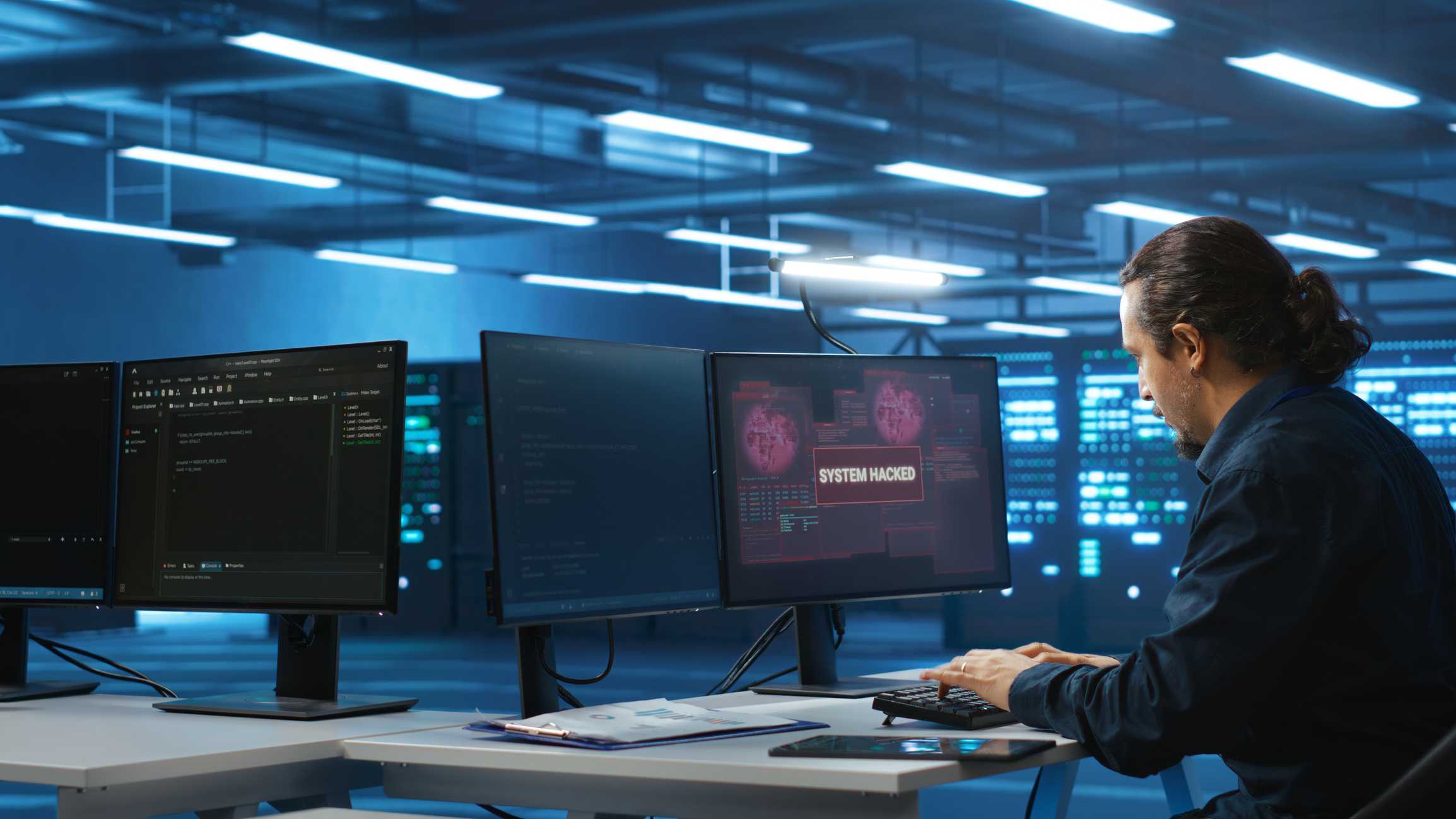Preparing Your Team for Cyber Threats Through Training
Recognizing the Threat Landscape: Why Cybersecurity Training Matters
In today’s digital age, the cyber threat landscape is constantly evolving, with new risks emerging daily. While advanced technology is critical in defending against cyberattacks, the human element remains one of the most vulnerable — and most powerful — components of your security strategy. Threat actors frequently exploit unsuspecting employees through phishing emails, social engineering, and other deceptive tactics to infiltrate corporate networks. Preparing your team to recognize and respond to these threats is a vital step toward strengthening your organization’s defenses.
The Impact of Cyber Threats on Business Continuity and Reputation
A single successful cyberattack can disrupt operations, cause financial loss, and damage your organization’s reputation. Beyond the immediate impact, these breaches can compromise customer trust and jeopardize long-term business goals. A well-trained workforce acts as the first line of defense, helping to identify potential threats early and minimize the damage, ensuring that operations remain secure and resilient.
Establishing a Culture of Cybersecurity Awareness
Cybersecurity training isn’t just about occasional presentations or periodic reminders — it’s about embedding security awareness into the culture of your organization. When employees understand the critical role they play in protecting sensitive data and systems, they become active participants in defending against threats. This culture of awareness helps foster an environment where security best practices are second nature and where vigilance is shared across the entire workforce.
Training Strategies to Prepare Your Team
Effective cybersecurity training should be comprehensive, ongoing, and tailored to the diverse roles within your organization. Some key strategies include:
-
Interactive Training Modules: Use e-learning, workshops, and webinars to keep employees engaged.
-
Real-World Examples: Provide case studies of real cyber incidents to illustrate risks and consequences.
-
Regular Updates: Share frequent bulletins about emerging threats and trends so employees stay informed.
-
Open Dialogue: Encourage employees to ask questions, report suspicious activity, and share concerns without fear.
Training should also address practical skills, such as how to recognize phishing emails, use strong passwords, and securely handle sensitive information.
The Role of Simulations and Drills
One of the most effective ways to prepare employees is through realistic simulations and drills. These controlled exercises allow teams to experience and respond to simulated attacks, testing their knowledge and reinforcing best practices under pressure.
Simulations can cover a range of scenarios — from phishing attempts to more advanced breaches — and help identify gaps in both individual and organizational preparedness. Regular drills build confidence and improve response times, making your workforce more capable of managing real incidents effectively.
Evaluating the Effectiveness of Training
It’s essential to regularly assess the impact of your cybersecurity training efforts. Evaluations help ensure the training remains relevant and effective, and they highlight areas that may require improvement. Metrics to monitor include:
-
Employee feedback and engagement levels
-
Incident response times during simulations
-
Reduction in actual security incidents linked to human error
Ongoing evaluation ensures that your investment in training translates into a workforce that is truly prepared to face evolving threats.
Continuing Education for Long-Term Preparedness
Cybersecurity is not static — it evolves constantly. That’s why continuing education is critical for maintaining a prepared workforce. Regularly updating training materials, providing advanced courses, and keeping employees informed about new threats and technologies helps sustain a high level of readiness. By prioritizing continuing education, organizations ensure that their team’s knowledge and skills remain current and effective.
Empowering Employees as a Security Asset
Empowering your workforce with knowledge and tools fosters a sense of responsibility and pride in protecting the organization. Employees who understand how their actions contribute to the overall security posture are more likely to remain vigilant, report suspicious activity, and adhere to best practices.
A well-prepared workforce doesn’t just defend against threats — it creates a resilient organizational culture where everyone shares in the mission to safeguard critical assets and maintain business continuity.
Did You Know? Human error plays a role in over 95% of cybersecurity breaches. Regular training and awareness programs can significantly reduce this risk.
Building Resilience Together
Preparing your team through ongoing training, realistic simulations, and a culture of awareness is one of the most impactful ways to enhance your cybersecurity defenses. In a world where threats evolve daily, your employees can be either your greatest weakness — or your strongest line of defense.
At Alvaka, we believe in empowering organizations to strengthen their defenses through proactive strategies, awareness, and continuous improvement. Our Advanced Network Management helps organizations identify, prioritize, and remediate weaknesses in their IT environments — complementing a well-trained workforce and creating a comprehensive defense strategy.
By fostering a vigilant, educated workforce and addressing technical vulnerabilities, you can better protect your operations, your reputation, and your future.
FAQ
What is the importance of cybersecurity awareness in the workforce? ▼
Cybersecurity awareness is critical as it equips our employees with the knowledge and skills to protect themselves and our organization against cyber threats, which if left unchecked, could compromise business continuity and our reputation.
Why are regular simulation and drills important for cybersecurity? ▼
Regular simulations and drills are crucial as they help reinforce learning, allowing employees to practice their response to cyber incidents in a controlled environment, thereby solidifying our cyber defenses.
Can you explain the concept of ongoing workforce cybersecurity preparedness? ▼
Ongoing workforce cybersecurity preparedness is the continuous effort to keep our employees educated and up-to-date with the latest cybersecurity best practices and threat landscape, ensuring our defenses remain strong.
How important is employee empowerment in organizational security posture? ▼
Empowering employees is key to a resilient organizational security posture because informed and vigilant employees act as the first line of defense against cyber threats.
How often should cybersecurity training be conducted? ▼
Cybersecurity training should be an ongoing initiative with regular updates as the threat landscape evolves, ideally annually or whenever significant changes in threats are identified.
What role do employees play in maintaining cybersecurity? ▼
Employees play a vital role in maintaining cybersecurity by adhering to our security policies, remaining vigilant for suspicious activities, and reporting potential threats promptly and responsibly.







